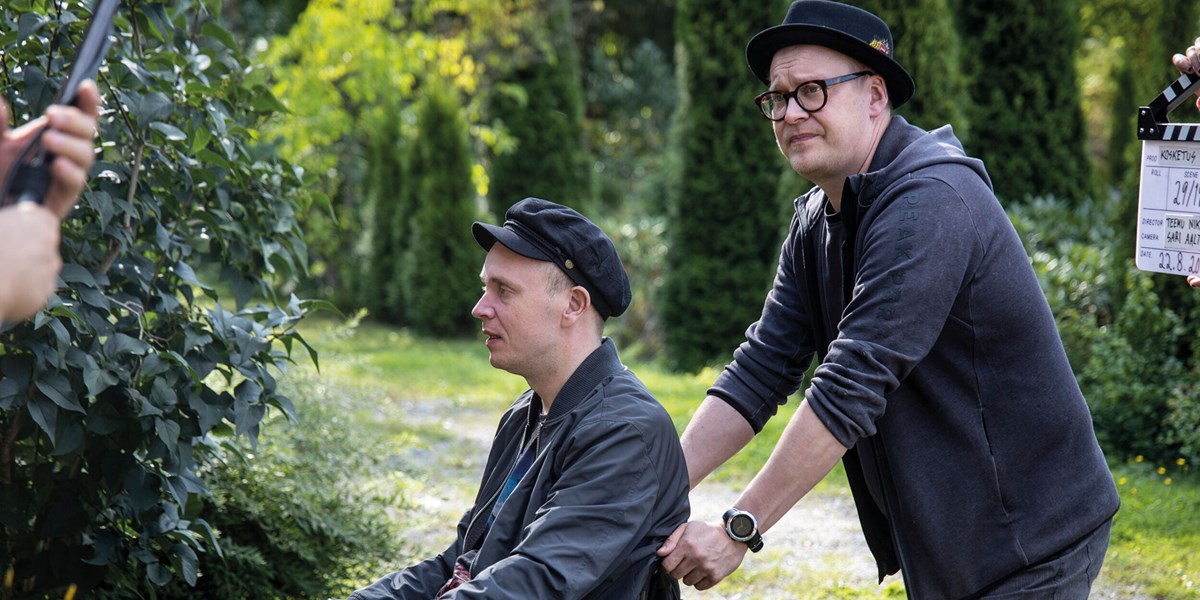Thursday, July 17, 2025
Teemu Nikki & Petri Poikolainen's My World: “I was fascinated to put the audience in the wheelchair”
Ian Brennan talks to the acclaimed Finnish film director and one of his leading men about the music in their lives

Petri Poikolainen, Teemu Nikki

Register now to continue reading

Thanks for visiting the Songlines website, your guide to an extraordinary world of music and culture. Sign up for a free account now to enjoy:
- Free access to 2 subscriber-only articles and album reviews every month
- Unlimited access to our news and awards pages
- Our regular email newsletters

